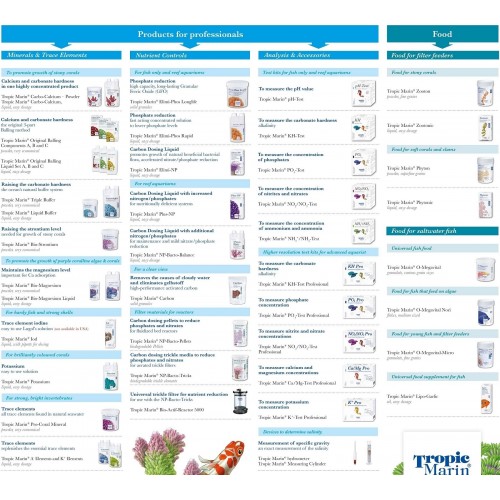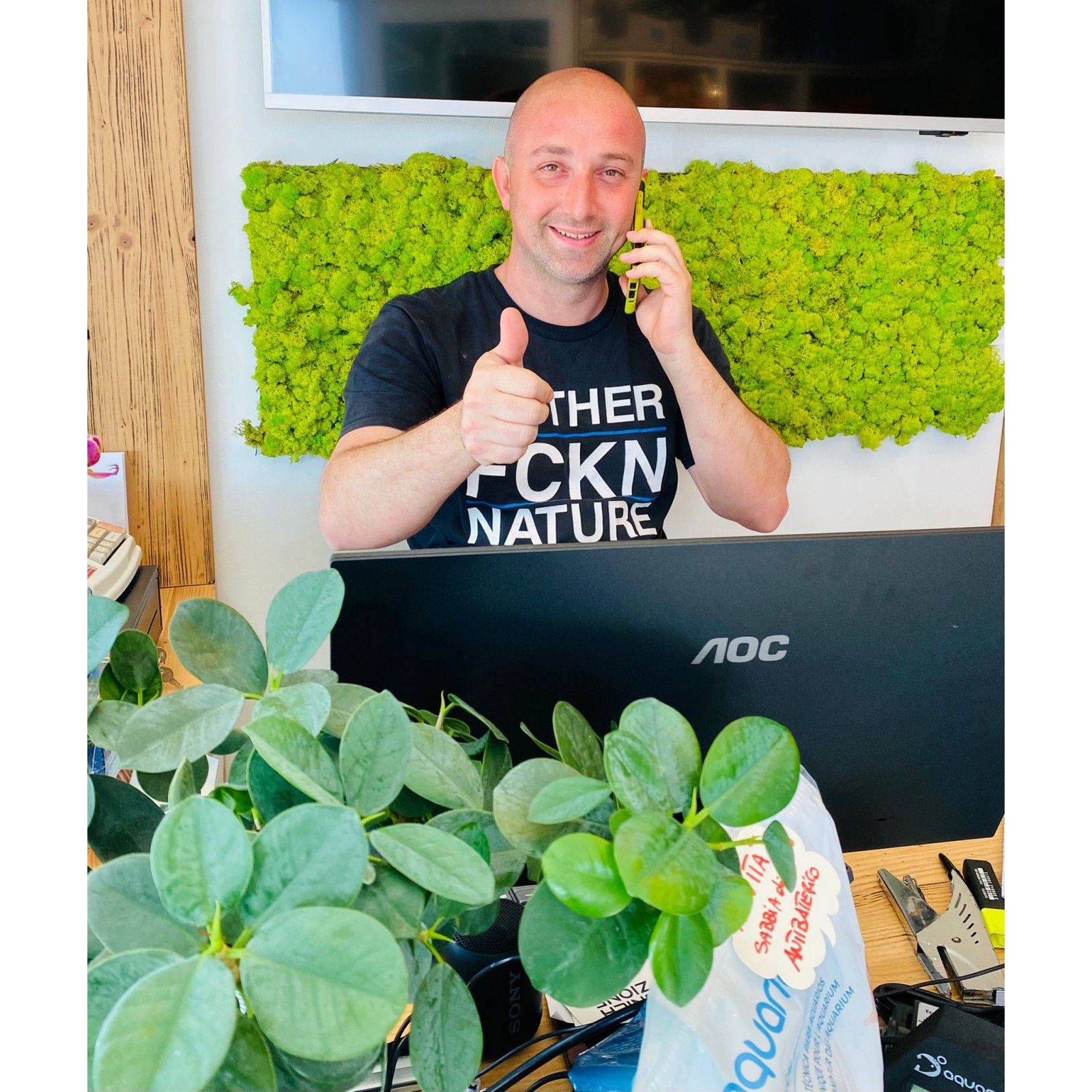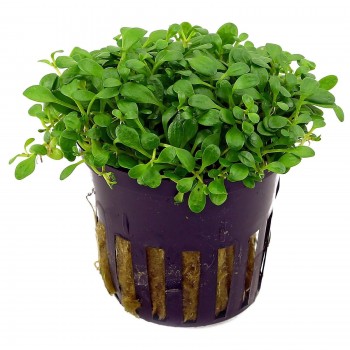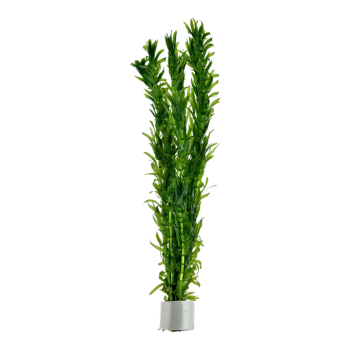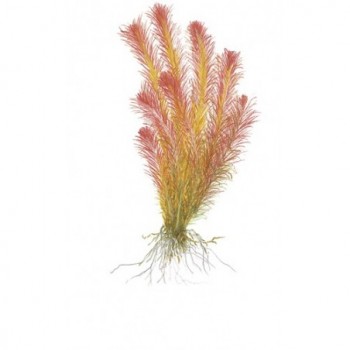Features and properties
For fresh and marine water
Nitrite measurement: 0-2.0 mg/L
Nitrate measurement: 0.5-50.0 mg/L
NO2/NO3 Test is designed to control the level of nitrites/nitrates in salt water and fresh water aquariums. All necessary is included in the supply. Once exhausted, reagents can be purchased in the charging box.
Nitrogen, nitrite and nitrate cycle
In the nitrogen cycle and during the nitrification process, clean bacteria decompose waste (e.g. dead plants or fish excrements) mineralize them and make them harmless. In the process, bacteria convert ammonia and nitrite ammonia. In the further course of the nitrification process, nitrite is oxidized in non-toxic nitrate. The plants absorb nitrates and the cycle starts again. In aquariums, nitrite and nitrate concentrations must be checked regularly. High nitrate concentrations can stop coral growth or lead to increased algae growth. On the other hand, low concentrations cause shortcomings and have a negative effect on aquarium inhabitants.
The nitrite values must be kept low in all aquariums: the optimum value is less than 0.2 mg/L. While the nitrate level in fresh water aquariums should be less than 50 mg/L, a value greater than 20 mg/L is not suitable for seawater aquariums. In coral aquariums, the value of nitrates should be less than 10 mg/L.
Instructions for use: since nitrite concentrations may affect nitrate measurement, both must be measured before measuring nitrates and, if necessary, nitrate values must be corrected.
Measurement of nitrites
Activate the dropper bottle vigorously before use.
Rinse the glass cap first with tap water and then with aquarium water.
Fill the glass cuvette with 5 ml aquarium water, using the dosing syringe.
Add 5 drops of reagent A into the glass cap, close with a cap and gently stir the solution.
Add 2 drops of reagent C to the solution, close with a cap and stir gently.
After 3 minutes of reaction time put the glass cuvette on the white circles of the nitrite color sample and compare with opposite colored areas. To this end, look from above in the open cuvetta. Move the sample to the color sample until the headset and the colored area above do not have the same color. If the colors do not match perfectly it is necessary to opt for an intermediate value.
Read the nitrite value measured by the color field.
After measuring the value of nitrites, thoroughly rinse the glass cap and syringe with tap water.
Nitrate measurement
Activate the dropper bottle vigorously before use.
Rinse the glass cap first with tap water and then with aquarium water.
Fill the glass cuvette with 5 ml aquarium water, using the dosing syringe.
Add 10 drops of reagent A into the glass cap, close with a cap and gently stir the solution.
Activate the bottle with reagent B in a horizontal position for 30 seconds. Add 10 drops of reagent B into the glass cap, close with a cap and stir the solution. After stirring, set aside.
After 3 minutes, add 4 drops of reagent C to the solution, close with a cap and gently stir the solution.
After another 3 minutes of reaction time open the cuvette for analysis and place it on the white circles of the nitrate color sample and compare with opposite colored areas. To this end, look from above in the open cuvetta. Move the sample to the color sample until the headset and the colored area above do not have the same color. If the colors do not match perfectly it is necessary to opt for an intermediate value.
Read the nitrate value measured by the color area. If necessary, the measured value should be correct.
After measuring the value of nitrates, thoroughly rinse the glass cap and syringe with tap water.
Content:
20 ml reagent A
20 ml reagent B
10 ml reagent C
1 glass cap 10 ml
1 5 ml dosing syringe
1 color sample
1 instruction manual
Our expert Fabio Zin recommends: nitrite and nitrate concentrations in aquariums must be checked regularly and adjusted if necessary! High nitrate concentrations can stop coral growth or lead to increased algae growth. However too low concentrations can cause shortcomings.





